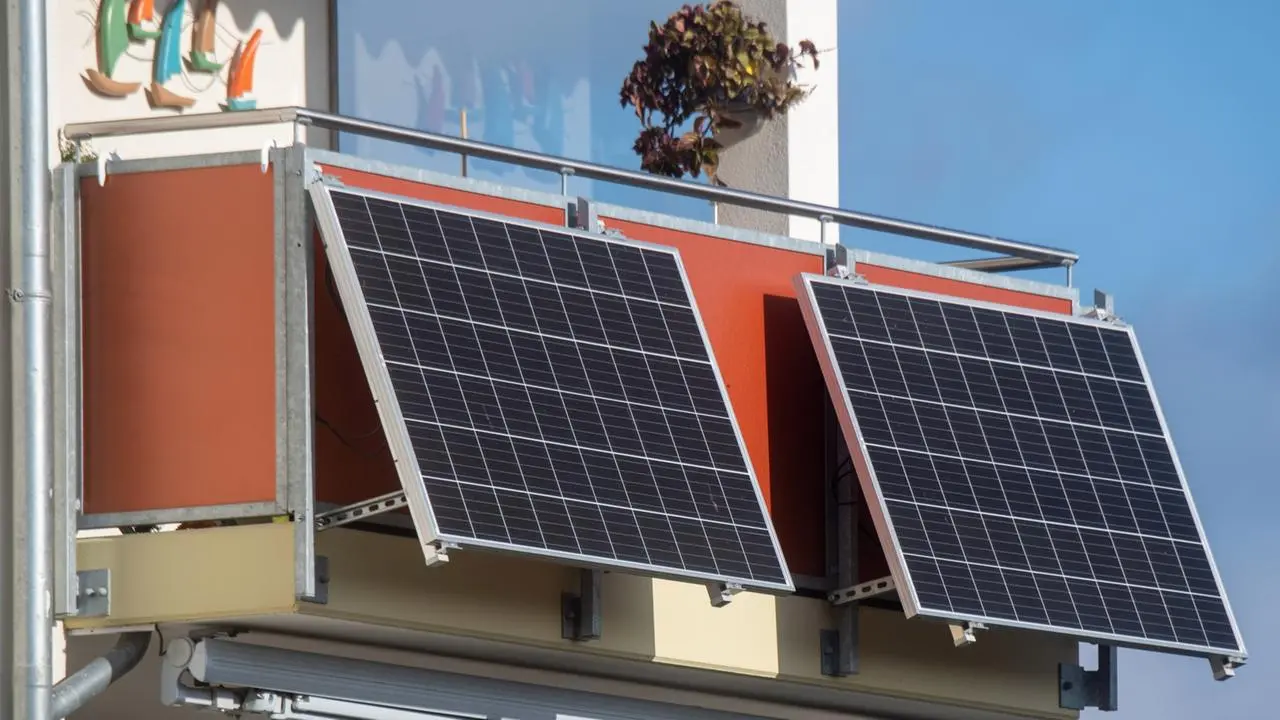Just 10 years ago, landlords could ban you from putting solar cells on your balcony because it makes their building look “messy”. Now Germany is really pushing forward to let everybody put solar modules on their balcony with these new laws. How is legalization of balcony solar cells in your country? Is setting up solar modules on your balcony easy or difficult law-wise?



Translated by Google:
This is the coolest part. As I understand it you’ll be able to export 500w to the grid without requiring approval of your provider. The new units just plug into the wall and back feed power into your house to reduce your bill.
Depending on how the law is written, I can imagine people putting a battery between the solar and inverter so they could capture more energy and export the maximum 500w all day & night
The important thing on backfeeding is that utility workers will need to isolate at more points before working, otherwise they will get injured by backfeeding/battery systems if they run on infrastructure they are working on.
Should not be an issue. The inverters that feed into the grid need to follow the phase and frequency of the grid. If the grid is down, there is nothing to follow and it will not feed any power into the grid.
I think an approved set of solar panels and inverters will be able to streamline the process for sure and help quell concerns of electrical worker and grid safety.
I’ve never understood why this isn’t the responsibility of the utility to prevent back feeding at the meter when the grid is down.
It’s a good question but say they want to bring power back up to the neighbourhood as quickly as possible, and they would have to go to each house and shut off each connection which would take a while even if it were accessible outside without needing to inform the property owners. One residential transformer usually serves from 1 to 15 or so households. Many transformers are on one branch that extends from a substation. So depending on where they isolate, just one customer out of hundreds can backfeed which can make the entire branch dangerous to work, since normally it is all expected to be off on the other side. Putting the responsibility on the utility to isolate every downstream point is time consuming and just extends blackouts. However if they were to isolate smaller sections up and downstream it might make it easier.
I think I was more advocating for automatic switching at the meters when grid power isn’t sensed at the meter. The same type of sensing that goes into larger solar inverters to prevent back feeding during power outages today. 20-40+ years ago your argument about having to go home to home manually shutting off connections would have made sense, but these days technology is advanced far enough that it can be done automatically without human intervention, as soon as the grid goes down. Then brought back up when grid power returns.
I think those technologies are the reason why it’s easier for government to permit small personal solar installations now compared to before.
With generators it’s harder to trust everyone that might have one.
Those regulations were made when solar power simply wasn’t a thing. Upgrading an entire grid takes time. But of course, the utilities would rather lobby against change than actually get off their butts and change.
Network operators and electricity sales are decoupled EU-wide, meaning that the network operator doesn’t really care if you feed in energy because they’re not selling you any anyway. They’re just operating the network, getting paid by whoever uses it. They care about the stability of the network but those solar inverters stabilise the frequency it so it’s actually a net positive for them.
Of course, your municipality might have sold off its utility and now you’re dealing with private sharks who invest nothing and just bleed everything dry. Or you’re dealing with a CDU council and major who hate renewables because it’s what the greens want.
Does this make sense if the surface area will be so neglegible anyway? I feel like the ~6m² you can fit onto the side of a balcony is nothing compared to a whole field/flat roof covered with them…
Well let’s do some back of the envelope math.
Conservative estimate: 6m^2 about 6000w of sunlight x 20% panel efficiency x 4hrs/day = 4800wh or 9.5 hrs at max 500w inverter output.
Liberal estimate: 6m^2 about 7200w of sunlight x 25% panel efficiency x 5hrs/day = 9000wh or 18 hrs at max 500w inverter output.
I think this would be worth it for an apartment dweller who doesn’t have access to the roof or a whole field. And producing the power when and where it’s used reduces transmission costs.
6 to 9kWh is a generous amount to run a small home on
deleted by creator
Lots of people are already doing that. I’ve seen kits of solar cells and batteries being sold.